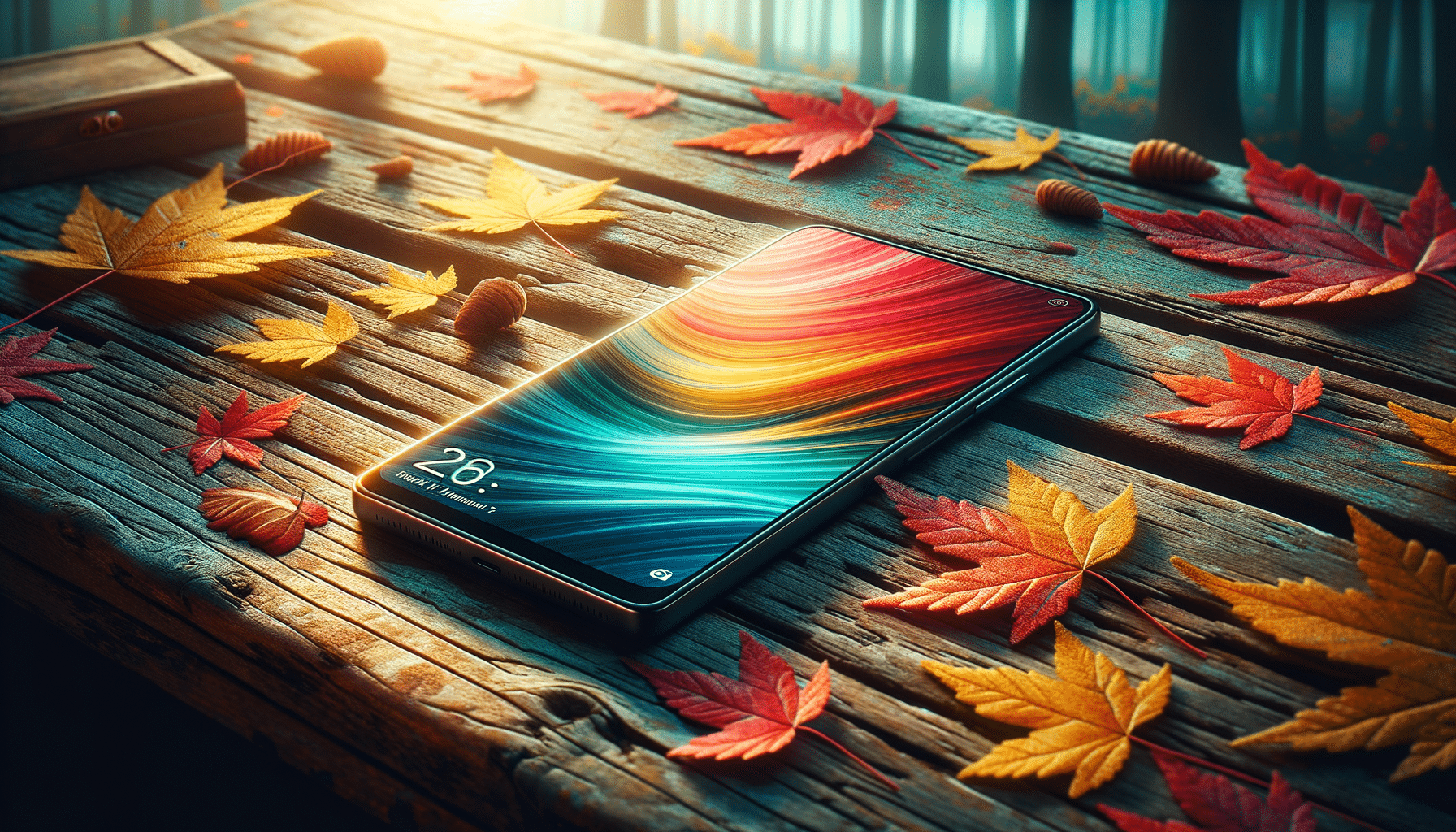
Upcycling and Vintage: The New Face of Sustainable Fashion
Sustainable fashion is evolving, and two key players are leading the charge: upcycling and vintage fashion. These approaches are redefining the industry, offering eco-friendly alternatives that merge style with sustainability.
Exploring Upcycling: A Creative Approach
Upcycling involves transforming old or discarded materials into something valuable and beautiful. Unlike recycling, which typically breaks down materials, upcycling retains the original form, adding a new twist. This method has gained traction among designers seeking to reduce waste and create unique pieces.
“Upcycling is about seeing potential in the discarded,” says fashion designer Stella McCartney, an advocate for sustainable fashion practices.
According to the Environmental Protection Agency, textile waste accounts for a significant portion of landfill waste, with Americans discarding approximately 11 million tons of textiles annually. Upcycling offers a practical solution by reimagining these materials.
The Allure of Vintage Fashion
Vintage fashion is not just a trend; it’s a movement toward sustainable consumption. By embracing second-hand clothing, consumers reduce demand for new production, subsequently lowering carbon emissions and resource use.
Fashion journalist Clare Press notes, “Vintage is the antidote to fast fashion. It celebrates history, quality, and sustainability.” With platforms like Depop and ThredUp gaining popularity, vintage shopping is accessible and trendy.
Personal Experience: Embracing Upcycled Style
Consider Alex, a college student who transformed an old denim jacket into a statement piece by adding patches and embroidery. This creative endeavor not only saved money but also resulted in a unique item that sparked conversations about sustainability.
Actionable Tips for Integrating Upcycling and Vintage
- Start Small: Begin with accessories or basics that can easily be upcycled.
- Explore Local Thrift Stores: Discover unique vintage finds and support local businesses.
- DIY Projects: Use online tutorials to guide your upcycling efforts.
- Organize a Clothing Swap: Exchange items with friends to refresh your wardrobe without buying new.
Comparison: Upcycling vs. Vintage
| Aspect | Upcycling | Vintage |
|---|---|---|
| Environmental Impact | Minimizes waste by repurposing materials | Reduces demand for new production |
| Uniqueness | Creates one-of-a-kind pieces | Offers rare, historical items |
| Cost | Varies; can be cost-effective | Often more affordable than new items |
| Skill Level | Requires creativity and some skill | Accessible to all consumers |
| Market Growth | Increasing interest among designers | Growing popularity on online platforms |
| Fashion Appeal | Trendy and innovative | Timeless and classic |
| Availability | Dependent on creativity | Widespread in thrift stores |
| Social Impact | Encourages sustainable habits | Supports circular economy |
Conclusion
Upcycling and vintage fashion represent more than just a nod to the past; they are the future of sustainable fashion. By embracing these approaches, consumers can make a positive impact on the environment while enjoying unique and stylish wardrobes. Whether you’re a seasoned fashionista or just starting your sustainable journey, there’s never been a better time to explore upcycling and vintage fashion.
FAQs
What is the difference between upcycling and recycling?
Upcycling retains the original form of materials, adding new value, while recycling breaks down materials to create new ones.
How can I start upcycling?
Start with simple projects, like customizing old clothes with patches or embroidery, and gradually move to more complex designs.
Where can I find vintage clothing?
Explore local thrift stores, online platforms like Depop, and vintage markets to discover unique pieces.


